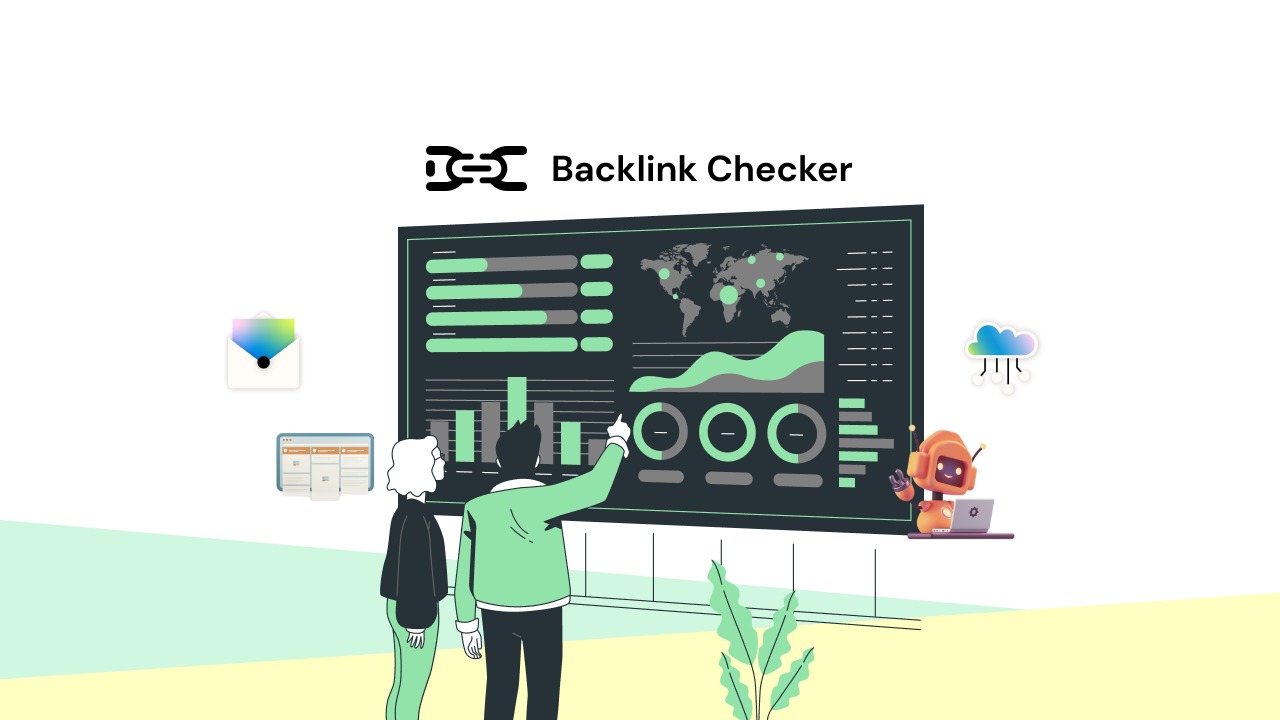
In the ever-evolving world of SEO, backlinks remain one of the most critical factors in determining a website’s authority and visibility. As search engines like Google continue to refine their algorithms, the quality and relevance of your backlink profile have become more important than ever. Whether you’re a seasoned SEO professional or just starting out, understanding how to track and monitor your backlink profile is essential for long-term success.
This guide will walk you through the key metrics to monitor, the tools that can help, and the best practices to ensure your backlink strategy remains effective and sustainable. By the end of this article, you’ll have a clear roadmap to build and maintain a strong, healthy backlink profile that supports your SEO goals.
What Is a Backlink Profile and Why It Matters
A backlink profile refers to the collection of all external links pointing to your website. These links act as votes of confidence from other websites, signaling to search engines that your content is valuable and trustworthy.
While the quantity of backlinks matters, quality and relevance are far more important. A single high-quality backlink from an authoritative site can be more beneficial than dozens of low-quality links from spammy sources.
Search engines use backlink profiles to assess a website’s credibility and determine its position in search results. A well-structured backlink profile not only boosts your rankings but also enhances your site’s authority and visibility.
How Backlinks Impact SEO Performance
Backlinks play a pivotal role in several aspects of SEO:
- Domain Authority: Websites with strong backlink profiles tend to rank higher because they’re seen as more credible.
- Traffic Growth: High-quality backlinks drive referral traffic, increasing your site’s exposure.
- User Engagement: Links from relevant sites often lead to more engaged users, which can improve dwell time and reduce bounce rates.
- Brand Visibility: Backlinks from reputable sources can enhance your brand’s reputation and trustworthiness.
Moreover, backlinks are a key component of E-E-A-T (Experience, Expertise, Authoritativeness, Trustworthiness), especially for YMYL (Your Money Your Life) sites. A robust backlink profile signals to search engines that your content is reliable and authoritative.
Step-by-Step Implementation Framework
To effectively track and monitor your backlink profile, follow this structured approach:
1. Define or Audit the Current Situation
Start by conducting a comprehensive audit of your current backlink profile. Use tools like Google Search Console, Ahrefs, or Semrush to gather data on:
- Total number of backlinks
- Number of referring domains
- Dofollow vs. nofollow ratio
- Anchor text distribution
- Spam score of linking domains
This initial audit will give you a baseline to measure improvements over time.
2. Apply Tools, Methods, or Tactics
Use a combination of free and paid tools to monitor your backlinks. Some of the most effective tools include:
- Ahrefs: For in-depth backlink analysis and competitor research.
- Moz Link Explorer: Great for assessing domain authority and link quality.
- SE Ranking: Offers detailed reports on backlink performance.
- Mention: Helps track brand mentions and identify opportunities for link reclamation.
Additionally, set up alerts using tools like Google Alerts or Mention to stay updated on new backlinks and potential issues.
3. Measure, Analyze, and Optimize
Once you’ve gathered data, analyze it to identify trends and areas for improvement. Focus on:
- Link Velocity: Ensure your backlink growth is steady and natural.
- Anchor Text Diversity: Avoid over-optimization and maintain a balanced mix of anchor texts.
- Spam Score: Remove or disavow toxic links that could harm your site.
- Referring Domain Quality: Prioritize links from high-authority, relevant sites.
Use this analysis to refine your link-building strategy and focus on acquiring high-quality, relevant backlinks.
Real or Hypothetical Case Study
Let’s take a look at a hypothetical case study of a growing e-commerce business:
Scenario: A small online store selling eco-friendly products noticed a drop in organic traffic after a sudden increase in backlinks from low-quality sites.
Action Taken: The team used Ahrefs to audit their backlink profile and discovered a large number of spammy links. They then used Google’s Disavow Tool to remove these links and focused on building relationships with eco-conscious blogs and industry influencers.
Result: Within three months, the site saw a 25% increase in organic traffic and a significant improvement in search rankings. The backlink profile became more diverse and relevant, leading to better overall SEO performance.
Tools and Techniques for Backlink Monitoring
Here are some of the top tools for tracking and monitoring your backlink profile:
- Ahrefs – A powerful tool for in-depth backlink analysis, competitor research, and keyword tracking.
- Moz Link Explorer – Provides insights into domain authority, link quality, and spam scores.
- SE Ranking – Offers comprehensive backlink reports and competitor analysis.
- Mention – Tracks brand mentions and helps identify link reclamation opportunities.
- Google Search Console – A free tool for basic backlink monitoring and indexing checks.
Each of these tools offers unique features that can help you manage and optimize your backlink profile effectively.
Future Trends and AI Implications
As AI continues to shape the future of SEO, backlink monitoring will become even more sophisticated. Tools like Google’s Search Generative Experience (SGE) and voice search optimization will require more nuanced backlink strategies.
AI-driven tools will likely offer real-time insights, predictive analytics, and automated link-building suggestions. Staying ahead of these trends means focusing on high-quality, relevant backlinks and leveraging AI-powered tools to streamline your efforts.
Key Takeaways
- Monitor key metrics such as link velocity, dofollow vs. nofollow ratio, and anchor text diversity.
- Use a combination of free and paid tools to track and analyze your backlink profile.
- Focus on quality over quantity when building backlinks.
- Regularly audit your backlink profile to identify and address any harmful links.
- Stay ahead of AI trends by adopting advanced tools and strategies.
By implementing these steps, you’ll be well on your way to building a strong, sustainable backlink profile that supports your SEO goals and drives long-term growth.
Meta Title: How to Track & Monitor Your Backlink Profile: A Complete Guide for SEO Success
Meta Description: Learn how to track and monitor your backlink profile with key metrics, tools, and strategies for SEO success in 2025.
SEO Tags (5): backlink monitoring, SEO strategies, link building, backlink analysis, SEO tools
Internal Link Suggestions: Parameter #1: Keyword Research, Parameter #3: On-Page SEO, Parameter #5: Technical SEO
External Source Suggestions: https://www.moz.com/learn/seo/backlinks, https://ahrefs.com/blog/backlink-monitoring/









